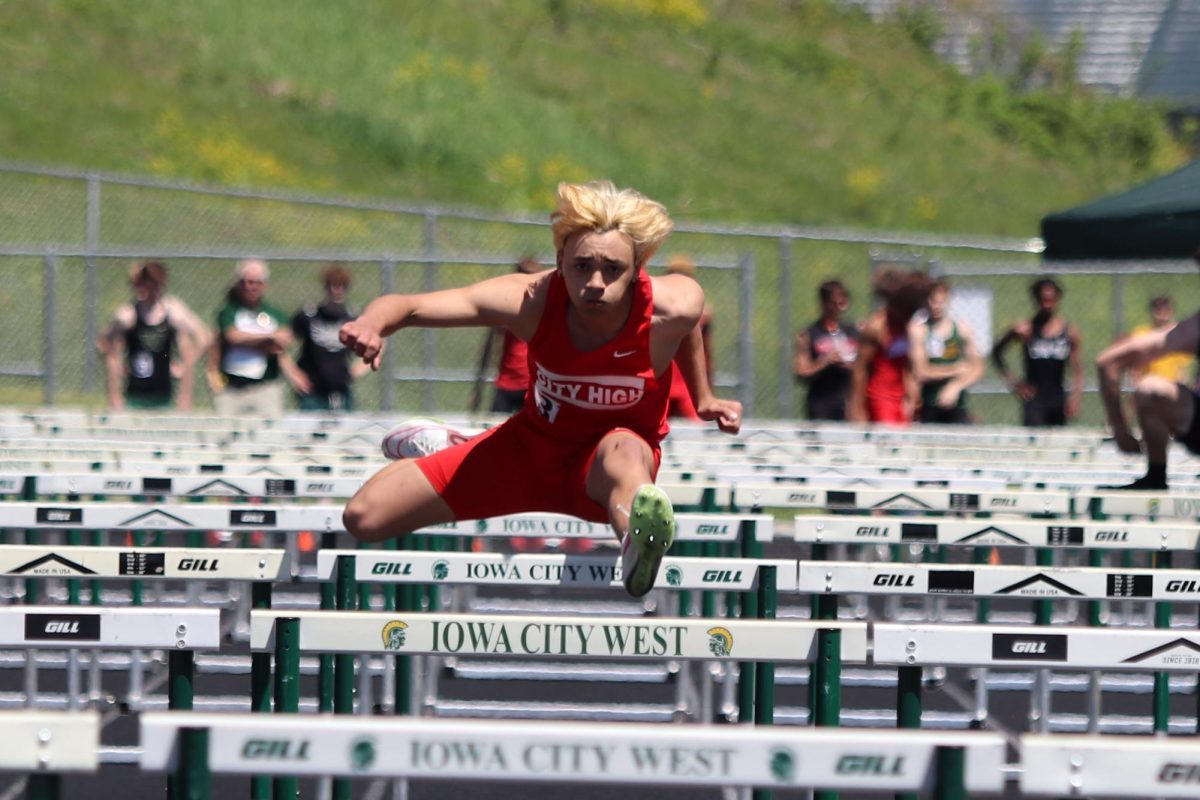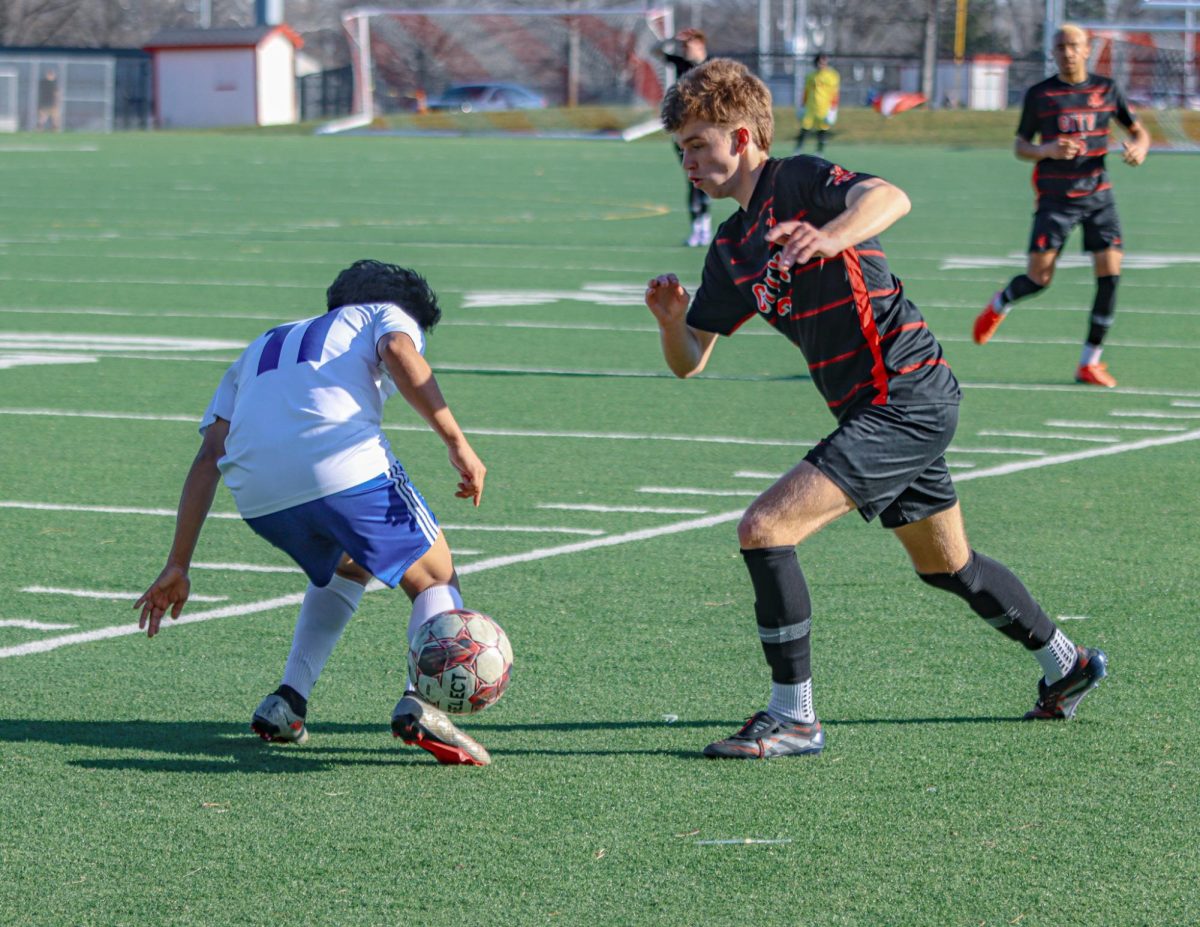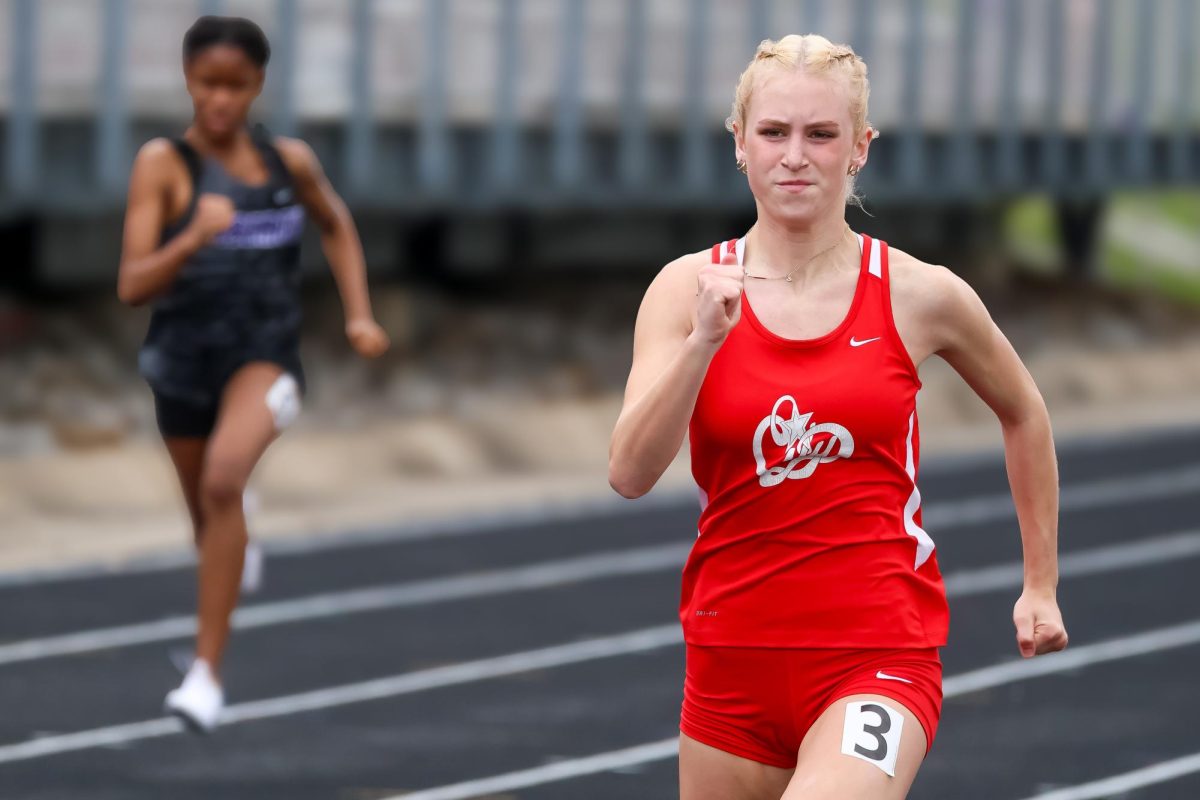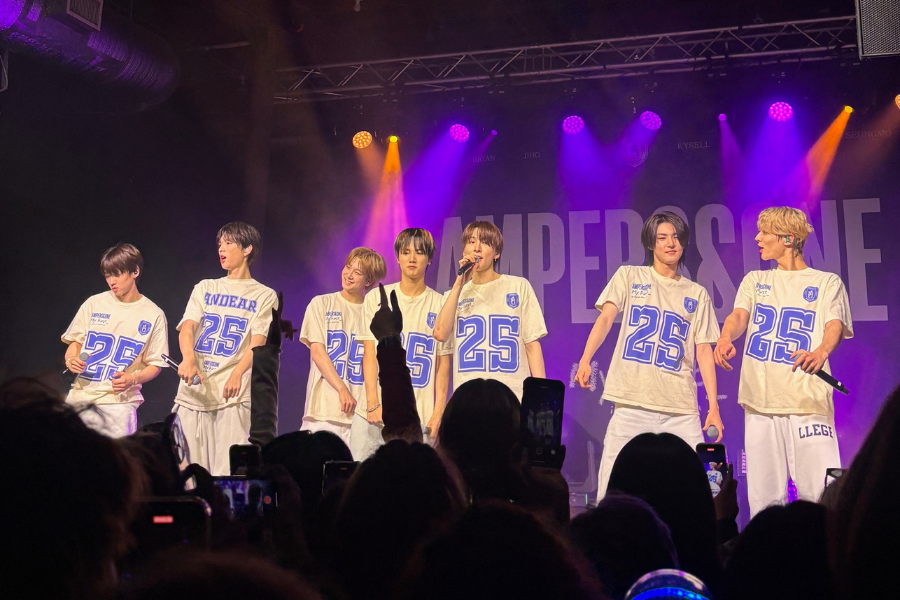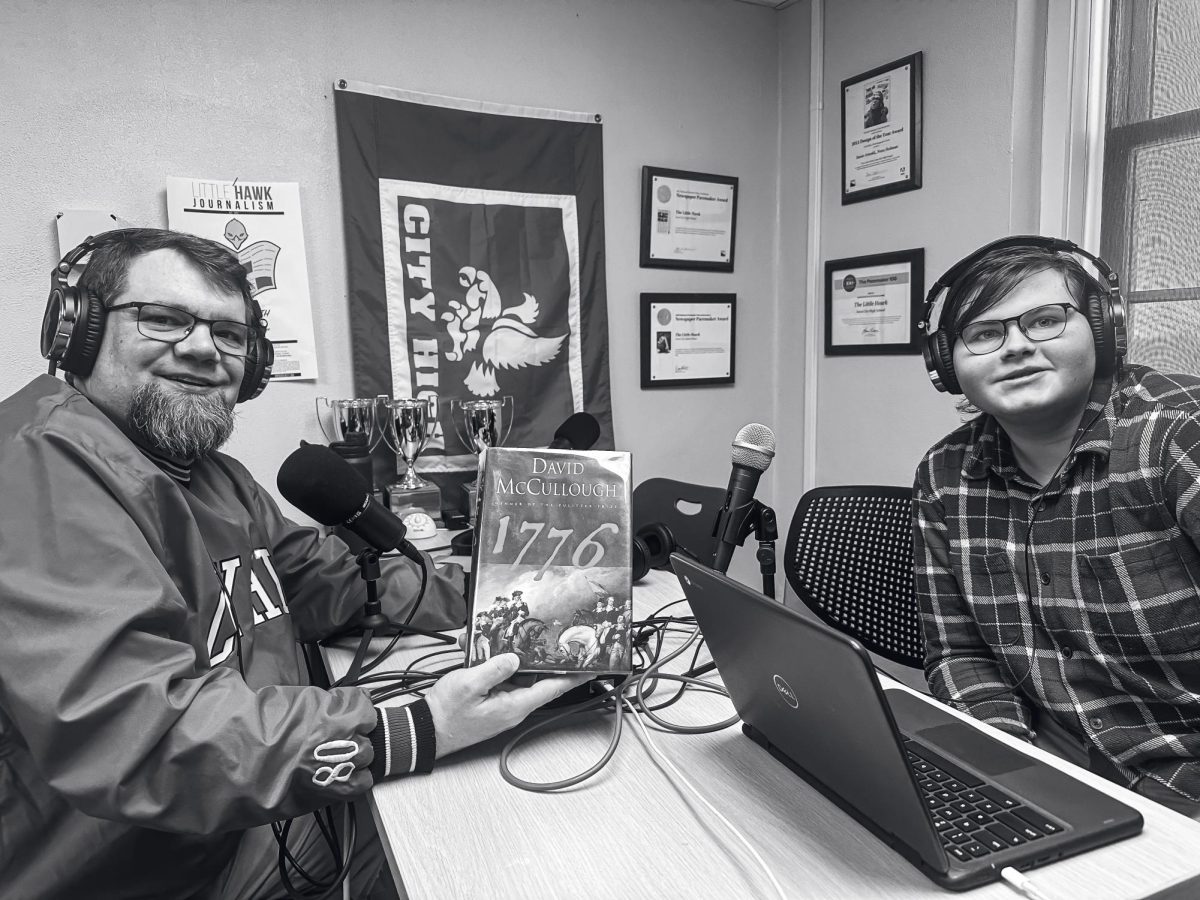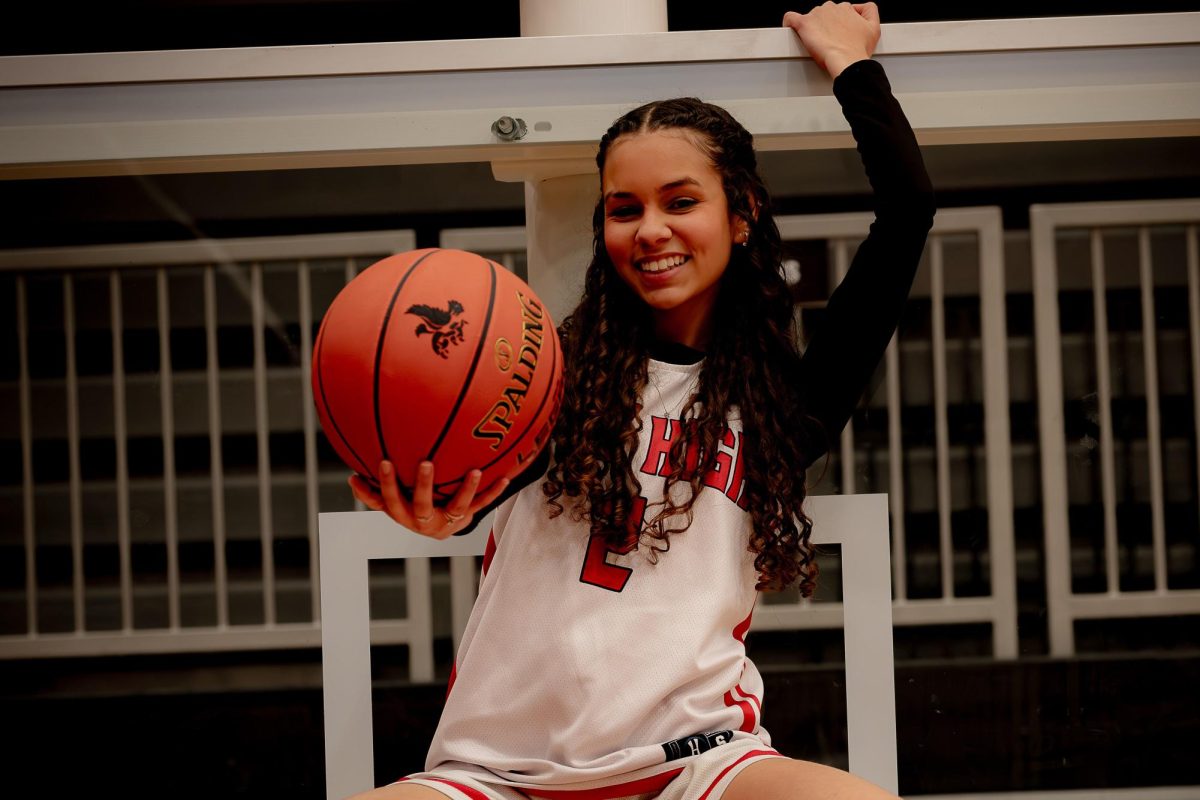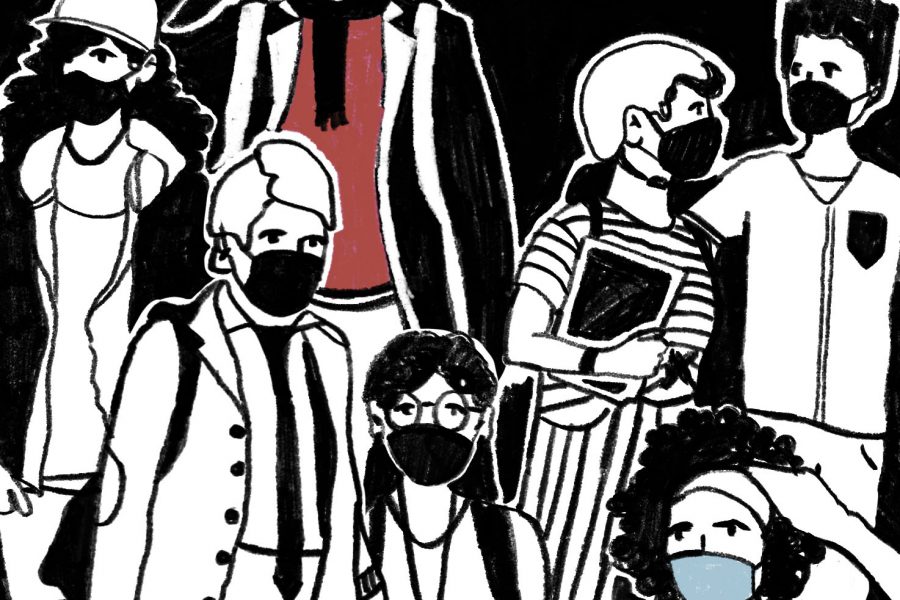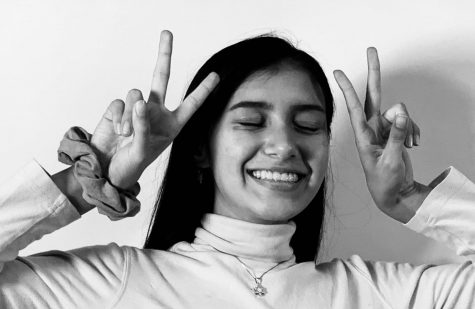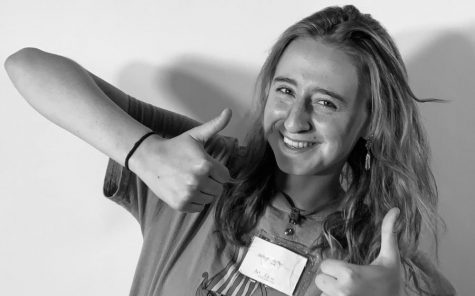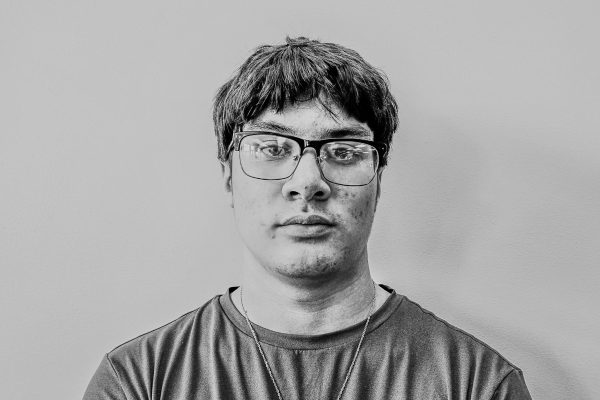The Youth Vote
The November 2020 election saw a record breaking turnout for youth voters this year. City High students were among the young people to participate in this historic election.
City High students were among the youth voters who saw a record-breaking turnout during the 2020 November election.
December 18, 2020
William Hinton ‘21 was not going to vote. He decided he would walk to Alexander Elementary on the afternoon of November 3 and register at his polling place. Hinton was one of many young people who participated in the November 2020 election which presented a record-breaking youth voter turnout.
“[Voting] was like a nervous and exciting type of feeling. It was exciting because of course it was the first time that I was doing it,” Hinton said. “I realized when I got there that what I put down on that paper could have an effect on the next four years in this country.”
While voting rates historically differ between age groups, older Americans vote at higher rates than younger Americans according to the U.S Census. However, according to research done by CIRCLE at Tufts, youth turnout was much higher in 2020 than it was in 2016, with a predicted 52-55% of eligible voters between the ages of 18-29 who voted.
“It feels so amazing and empowering because I feel like we made our first step for change and for that to be my first election to ever vote in and have the results that we did is just amazing,” Maya Warren ‘21 said.
For many young people, this election was their first that they voted in.
“It was a little bit different this year because I received the mail-in the ballot but I knew I wanted to turn that in in person just to be safe. It was a very powerful feeling. I went and it was really easy just to go and turn it in,” Warren said. “The process was really quick and easy.”
Of the youth who voted in the 2020 election, approximately 70% voted early or absentee according to Tufts.
“Before this year, I was thinking that I would go into a polling station and actually go and vote in person. But then with COVID, I honestly didn’t want to do that, so it was weird to sit down at my kitchen table and vote through the mail,” Hannah Fast ‘21 said.
Not only did young people vote early, but young people also tended to vote blue. However, according to Tufts’ research, youth voters in Iowa were split, with 49% of youth voters voting for Democrats and 48% voting for Republicans.
“I want my voice to be heard and I am going to vote, no matter who is up for election,” Andre Miller ‘21 said.
In Congressional District Two, Iowa City’s district, votes between parties were just as split. Republican nominee Marienette Miller-Meeks beat Democratic nominee Rita Hart for the National Iowa House seat by just six votes.
“It’s amazing to know that I could be part of the youth vote for this [election] because I really know that my vote made a difference, even if it’s just one. I was really passionate about this election and I know that I will vote for every single [election],” Fast said. “I’m really happy that I could vote and share my voice.”
Youth voters had various issues that were important to them. Young Republicans cared about the economy and jobs and young Democrats cared about the handling of COVID-19 according to surveying done by Tufts. An issue that was important to Hinton, being a Black American, was the Black Lives Matter movement.
“I feel like there’s a lot of growth that people need to make. I didn’t want to miss out on history because I understood how important that was,” Hinton said.
Fast was at work when the results of the election came out on Saturday, November 7.
“I heard a cheer behind me and I was like, ‘What was that,’ and then someone came through my line and they told me that Biden won,” Fast said. “I was so relieved. I was so happy it made the rest of my day.”
Hinton, was pleased with Kamala Harris being elected as the first person of color to be Vice-President.
“That feeling that you get when you know something good is gonna happen, it was one of those feelings. You don’t know exactly what it is, but I could see better days,” Hinton said.
A common theme between Hinton, Warren, Fast and Miller is that they all believe that social media helped youth voter turnout this year.
“I really think [turnout] was due to the activism that the other young people have been [doing] on social media and just talking to their friends and making sure everyone went out to vote,” Miller said.
Social media platforms such as instagram have allowed for different graphics, photos, and other information relating to politics to be spread and consumed by young people.
“We can share all the things that are happening around the world and how the decisions of people we like affect the world and people who aren’t always represented. I think it’s so much easier to share our opinions [on social media],” Fast said.
For future elections, Hinton wants other first-time voters to know how easy the process is.
“I feel like a lot of people use all these flowery words to describe how [voting is] done, but it’s really so simple. If people just knew that, I feel like it would be a lot easier,” Hinton said.
Hinton wishes there was more awareness surrounding the voting process. He believes young people need to be helped and educated by adults and teachers in order for them to understand the process.
“I feel like it should be talked about more. I understand teachers are not allowed to speak on [their political opinions], but I do feel like it’s something that should be taught because, when you get out here in the real world, you want to know how to handle and take care of things like this,” Hinton said. “Some people don’t have that person to help guide them.”
Warren believes it’s important for young people to vote to make sure their voices are heard.
“It’s so important that future voters do vote [and] use their voice in standing up for what they believe in,” Warren said.








